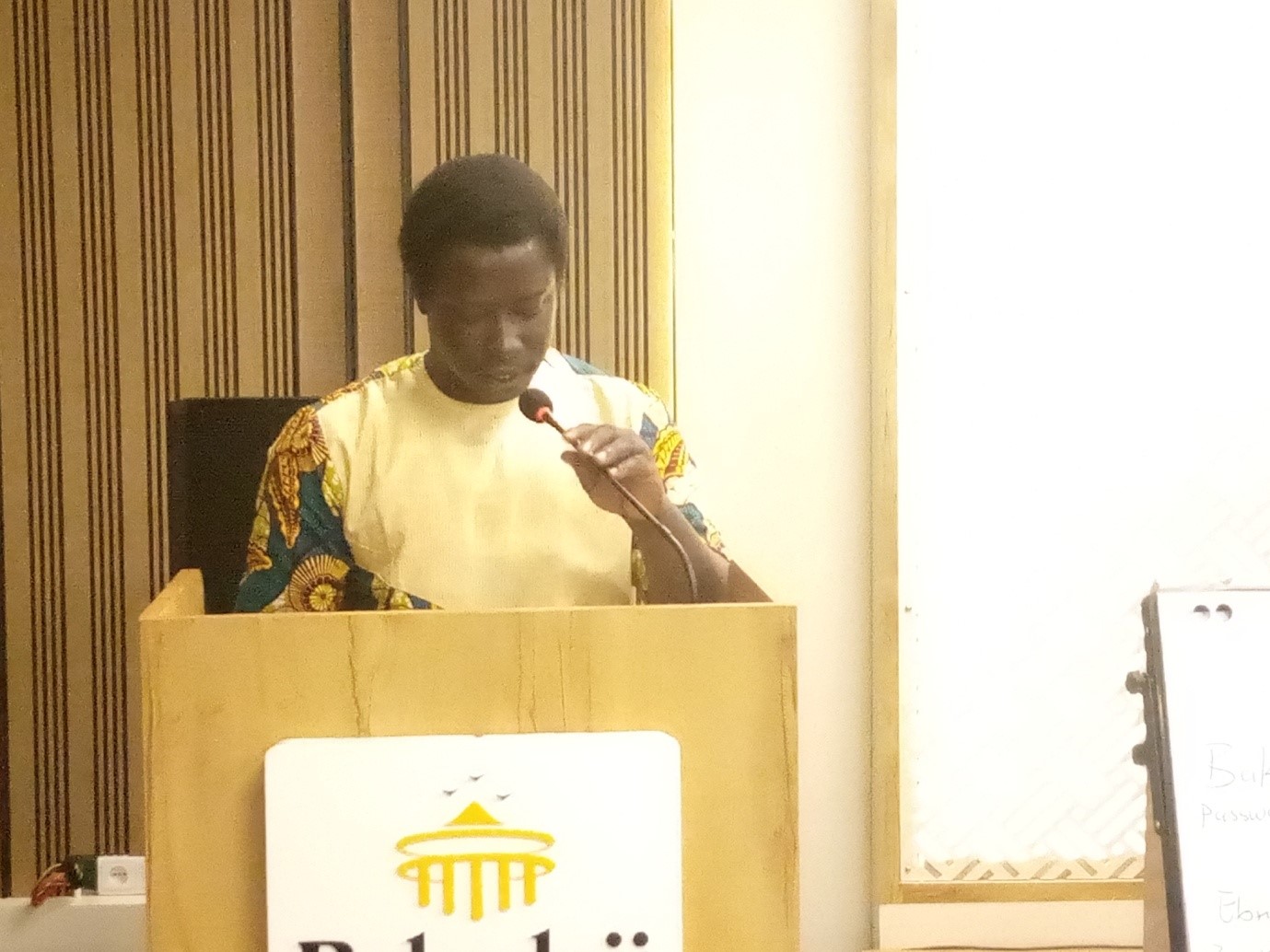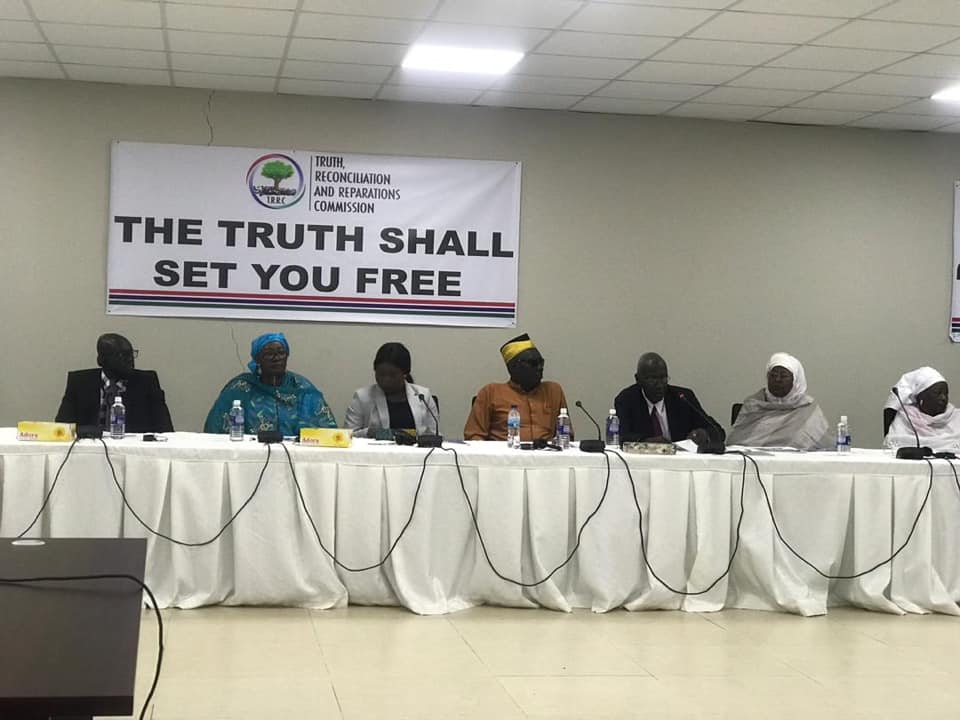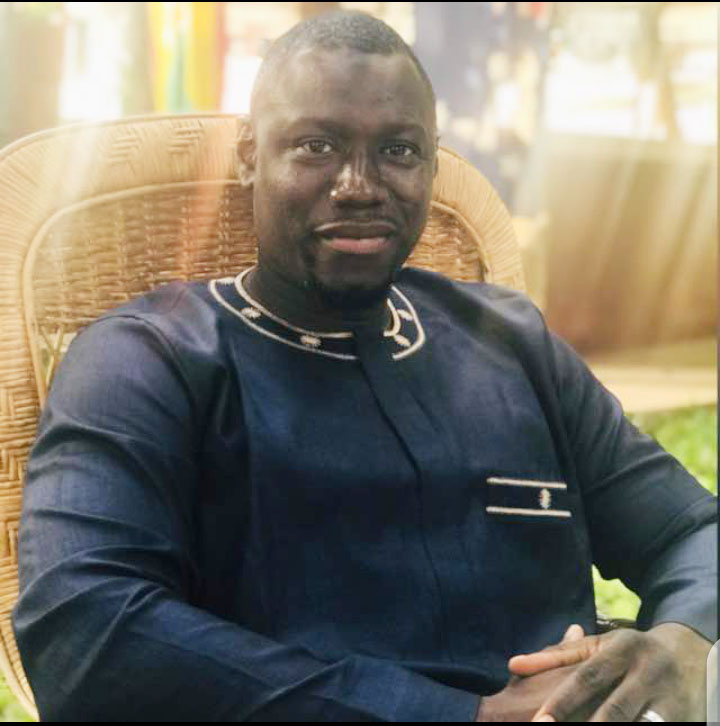By Yunus S Saliu
The ever-first Media Development Indicators Report recently launched by the Natcom UNESCO The Gambia in collaboration with the Gambia Press Union and other stakeholders has been tipped to give a broader idea of the Gambia media landscape and level of progress recorded in terms of development.
And “as well as the numerous challenges and gaps that exist –which are an impeding factor in ensuring media independence and pluralism, Modou S Joof, the Secretary General of the Gambia Press Union disclosed at the launch of the Media Development Indicators Report held in Bakadaji Hotel, Kololi.
.
Delivering his speech before the launch, he said the Gambia Press Union followed with keen interest the development of the media sector in terms of improved press freedom, a proliferation of media houses, and improved professional development.
“We have seen an increased in the number of private radio stations by almost 75%, with 39 FM stations in operations as of 2021, according to data from the Public Utilities Regulatory Authority (PURA), which is responsible for the registration of broadcast media,” he stated.
Gambians now, he confirmed, enjoy the luxury of watching multiple local television channels, with five private television stations in operation, in addition to the national television which was the only TV station until 2017 when television broadcasting services were liberalised.
He added that there are seven newspapers, with five regularly publishing a print version, nine community radio stations, and at least twenty online news media platforms.
This means that more people now have access to the media to express their opinions on issues concerning their lives and livelihoods, and on issues of government and governance, he added.
Despite the diversity of opinions, he explained that there is relative prevalence of censorship, with the opposition largely left out of news coverage outside elections by the State Broadcaster – “although informally, staffs of the state broadcaster have bemoaned the frequent interference of the government in their programming and news production.”
This shows the need for reform both in terms of policy and operations to transform the broadcaster into an editorially-independent public service broadcaster governed by a board that is protected against interference, particularly of a political or economic nature.
He noted that in the private media, economic interest or partisan consideration are the drivers of censorship. Even though many of the media outlets are established by professional journalists, a lot were established by businessmen and women whose primary consideration is profit, not independent journalism, according to the State of Freedom of Expression in The Gambia, 2021, a report by the GPU.
SG Joof expressed that at least two of the newspapers in operation are owned and run by politicians, and some few privately-owned media houses have manifested political leaning toward the ruling party or the main opposition party, and are widely seen as political organs of these parties – which does not promote media independence and even the promotion of divergent views – or ensure the media is largely impartial and corruption-free.
He also dilated on the economic well-being of journalists which remains precarious while adding that the report shows that close to 40% of media workers are female with significant gender gaps in terms of gender equality in newsrooms and among media workers.
However, the launch of the Media Development Indicators Report funded by the UNESCO-Dakar was graced by different dignitaries which include the Minister of Information who launched the report, the Head of Communication and Information Sector, and the Adviser for Communication and Information, UNESCO Dakar, he has made a presentation of the report, while Lamin Jarjou Senior Program Officer NATCOM UNESCO The Gambia chaired the occasion.





